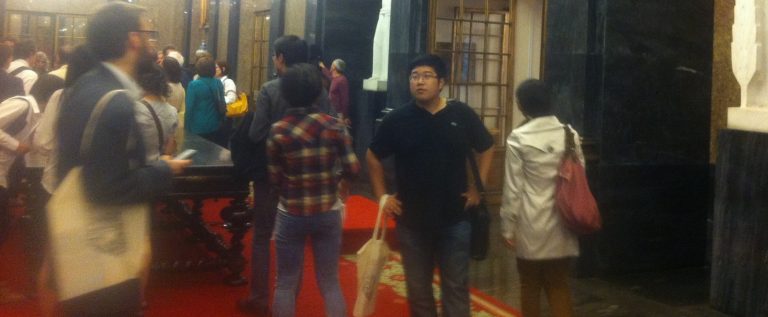At Silk Cities, we collaborate with other organisations, this page shows these activities and our participation in other activities and events.
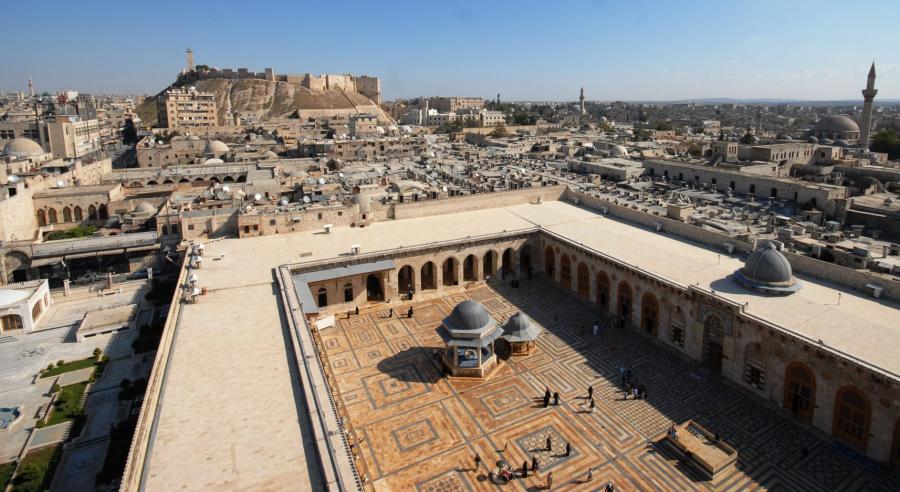
Cities of the Eastern Mediterranean: Lessons from ancient Damascus and Aleppo
Urban Design Group in Collaboration with Syrian British Society of the Built Environment (SBSBE) and Silk Cities
Date: 09 June 2023
Click here for more info on UDG website.
The cities of Aleppo and Damascus are among the world's oldest. Their earliest urban origins date back 6,000 years. The Amorite, Hittite, Phoenician, Greek, Macedonian, Roman, Sasanian, Islamic, Ottoman, French, and lastly 21st century corporate worldwide have all seen their civilizations flourish and collapse, each leaving its imprint or effect. As one of the world's oldest continually inhabited cities, Damascus is seen as a prominent cultural centre of the Arab world.
Evolution of the City | Isfahan
Urban Design Group in collaboration with Silk Cities
The third in the series focused on the evolution of the historic city of Isfahan, along the Silk Roads in Iran.
Date: 07 December 2021
Click here for more info on UDG website.
Isfahan is one of the world’s most astonishing cities. In former times, it was its largest city, and even today Isfahan city centre is thought to be currently the world’s fifth largest shopping mall. The city is at least 3,000 years old, and the influence of many different cultures and religions including Hellenistic, Sassanian, Zoroastrian, Persian and Islamic can be seen in its urbanism, architecture and art. Today the city has a population of 2.4 million, and retains much of its past glory while dealing with the challenges and competing forces of the 21st century global economy and culture.
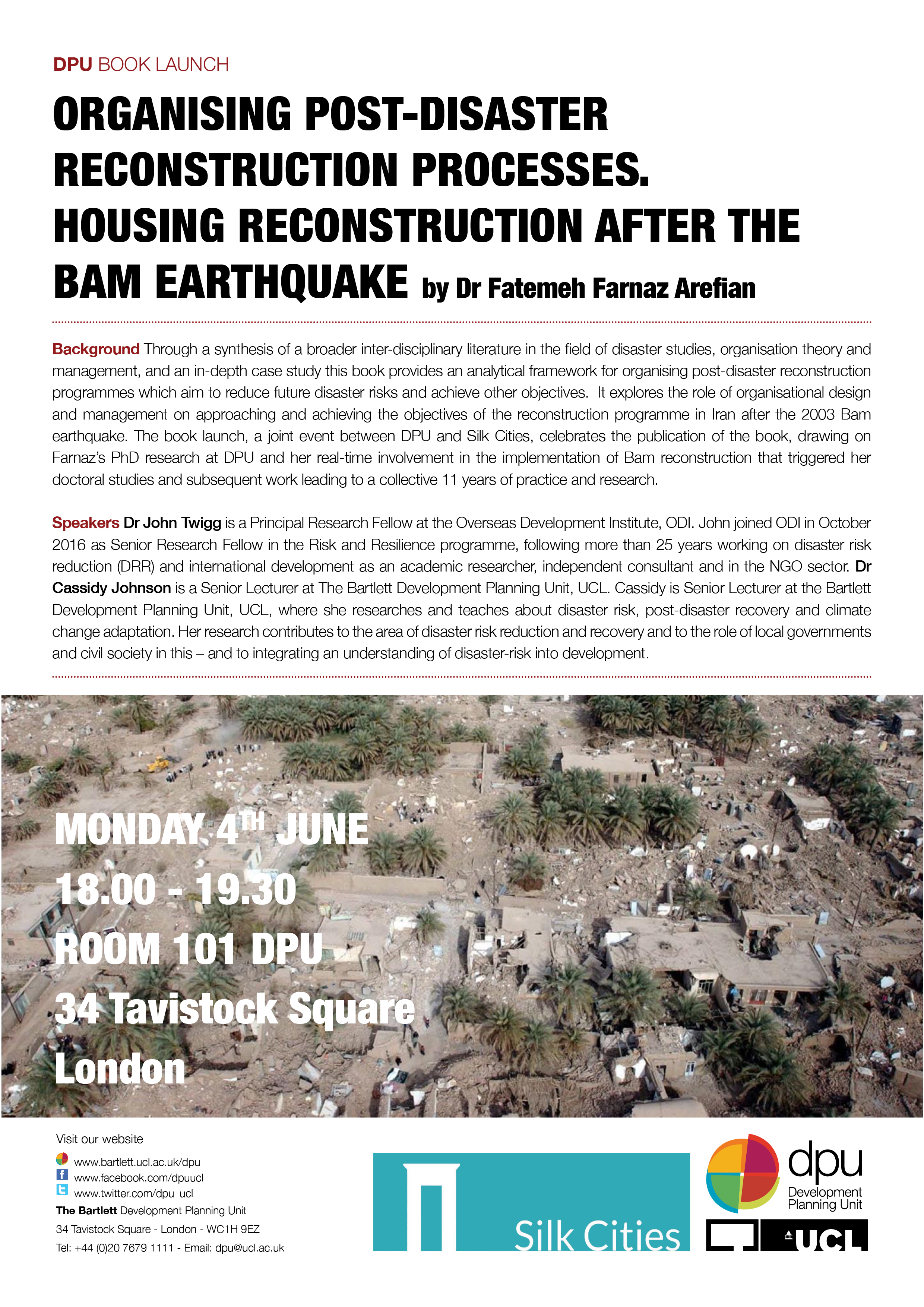
Organising Post-Disaster Reconstruction Processes: Housing Reconstruction after the Bam Earthquake
Book launch of Organising Post-Disaster Reconstruction Processes: Housing Reconstruction after the Bam Earthquake By Fatemeh Farnaz Arefian, PhD.
Date: 04 June 2018
Click here for more info on UCL website.
Through a synthesis of a broader inter-disciplinary literature in the field of disaster studies, organisation theory and management, and an in-depth case study this book provides an analytical framework for organising post-disaster reconstruction programmes which aim to reduce future disaster risks and achieve other objectives. It explores the role of organisational design and management on approaching and achieving the objectives of the reconstruction programme in Iran after the 2003 Bam earthquake.

Heritage Borders of Engagement Network [ENGAGE]
www.HumanitarianHeritage.Com is the Virtual Space is the public-engagement and dissemination platform for ENGAGE Network’s ethos and principles of the Humanitarian Heritage as integrated value system of inclusivity, tolerance, knowledge sharing and cultural exchange, across language, cultural and ethnic barriers. Adopting principles of Translating Culture, the ENGAGE Virtual Space acts as a collaborative global learning and cultural exchange platform (cross-border and multi-region) with regional chapters, that capitalise on coordinated and multi-lingual online. It comprises ENGAGE Exchange that includes public display, exhibitions, documentaries, sharing stories and best practices) and ENGAGE Debate and Policy Forums, which is a quarterly live debate with stakeholders, community-representatives and policy-makers). Silk Cities was engaged in this project as a collaborator.
IRDR Forum
Careers and Opportunities Forum, 2015 & 2016
Silk Cities active participated in the forums organised by the Institute of Risk and Disaster Reduction as a way of direct public outreach.
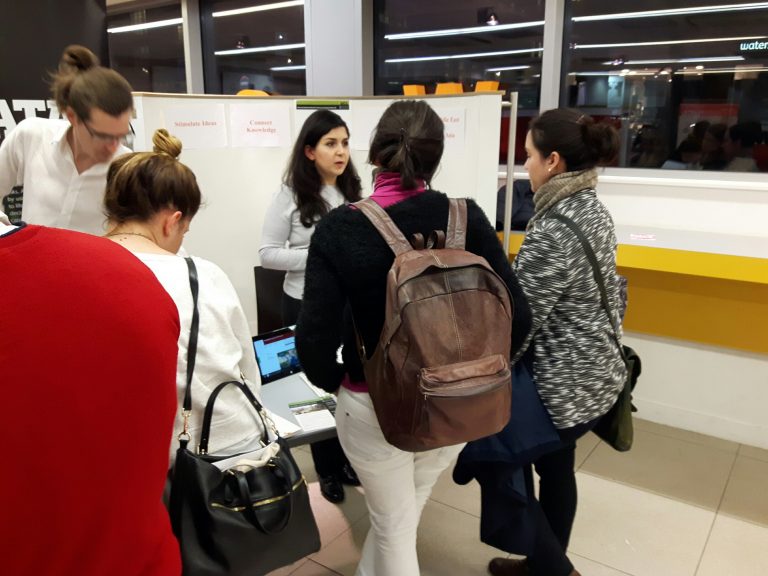
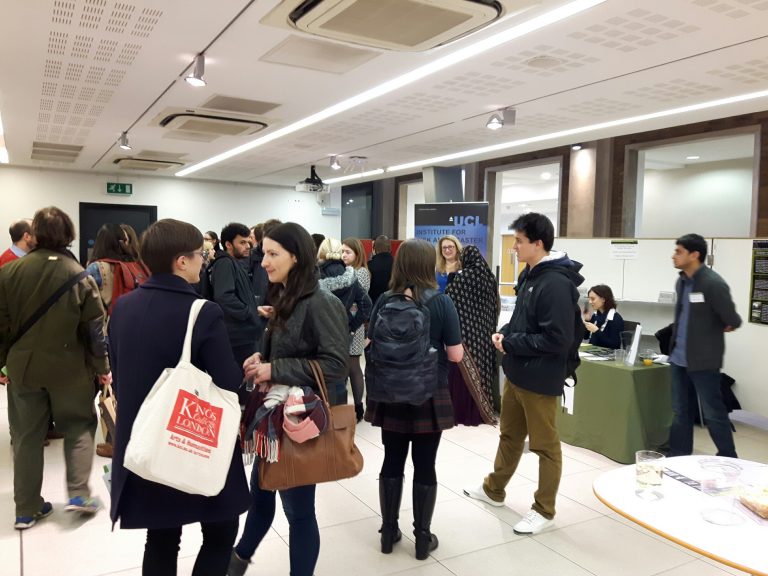
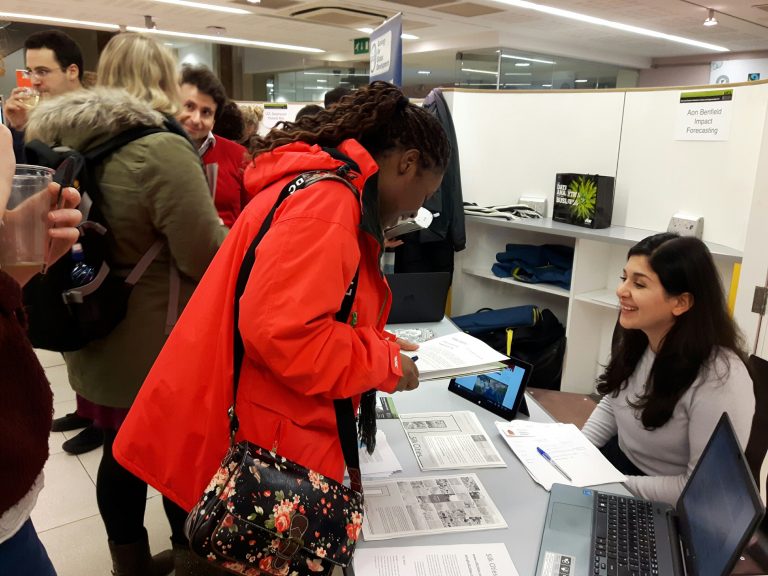
ISUF 2014 Special Session
The 21st International Seminar on Urban Form, ISUF 2014
2-6 July 2014, University of Porto, Portugal
Special session on the Middle Eastern Cities and Isfahan School of Urban Morphology

